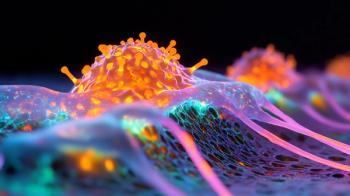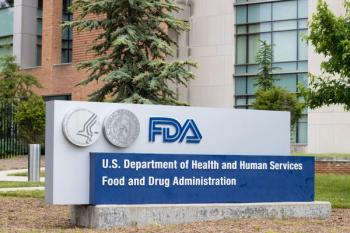
Researchers explore promise of gene therapy
Scientists explore innovative delivery systems that might one day treat hemophilia and other blood diseases
From new and refined viral vectors and ultrasound microbubbles to high-pressure fluid injections and CRISPR/Cas9 gene editing, researchers around the world continue to search for delivery systems that can help realize the longstanding promise of gene therapy, said two noted leaders in the field Sunday, December 6 at the
For many diseases, the gene-mutation culprits are known and inserting different genes in affected cells’ DNA could help, and possibly offer a cure. That much has been known for decades. The challenge is how to do deliver the therapeutic genes where they need to go.
Related:
Dr. Nienhuis“The field has a checkered history,” acknowledged Arthur W. Nienhuis, MD, department of hematology,
Nienhuis and copresenter Daniel E. Bauer, MD, PhD, assistant professor of pediatrics, Harvard Medical School,
Using viruses to shuttle therapeutic genes into target cells is an area of continued research, employing lentiviruses, adenoviruses, and foamy viruses. Lentiviral vector work has seen “recent, rather dramatic successes” at
Dr. BauerNonviral approaches have proliferated as well, including a novel hydrodynamic gene delivery injection that uses high-pressure fluid injections of DNA for lab animal models of hemophilia. Hydrodynamic injections of full-length transgenes in bacterial transposons has yielded durable production of the proteins encoded in those genes in mice and dogs’ livers, for example. But for now, the large volumes of injected fluid required, and resulting tissue injury, make clinical testing, problematic, Nienhuis noted.
Another emerging nonviral delivery system for gene therapy, spotlighted by Nienhuis, is the use of ultrasound to target where DNA-ferrying microbubbles burst to deliver their gene cargos. Lead study author Shuxian Song, PhD, of
Related:
“The results indicate that ultrasound/microbubbles mediated gene transfer is highly promising for efficient and safe gene therapy of hemophilia A,” Song and colleagues reported.
Much of the work is preclinical, involving animal models, but the ASH meeting also saw a report about the first clinical application of a type of chimeric antigen receptor (CAR)-19 T cell against childhood cancer in an 11-month-old girl with relapsed acute lymphoblastic leukemia after hematopoietic stem-cell transplantation.
“We received a request for therapy on a compassionate basis for an infant,” reported lead author Waseem Qasim, PhD, professor of cell and gene therapy,
Newsletter
Get the latest industry news, event updates, and more from Managed healthcare Executive.

















































